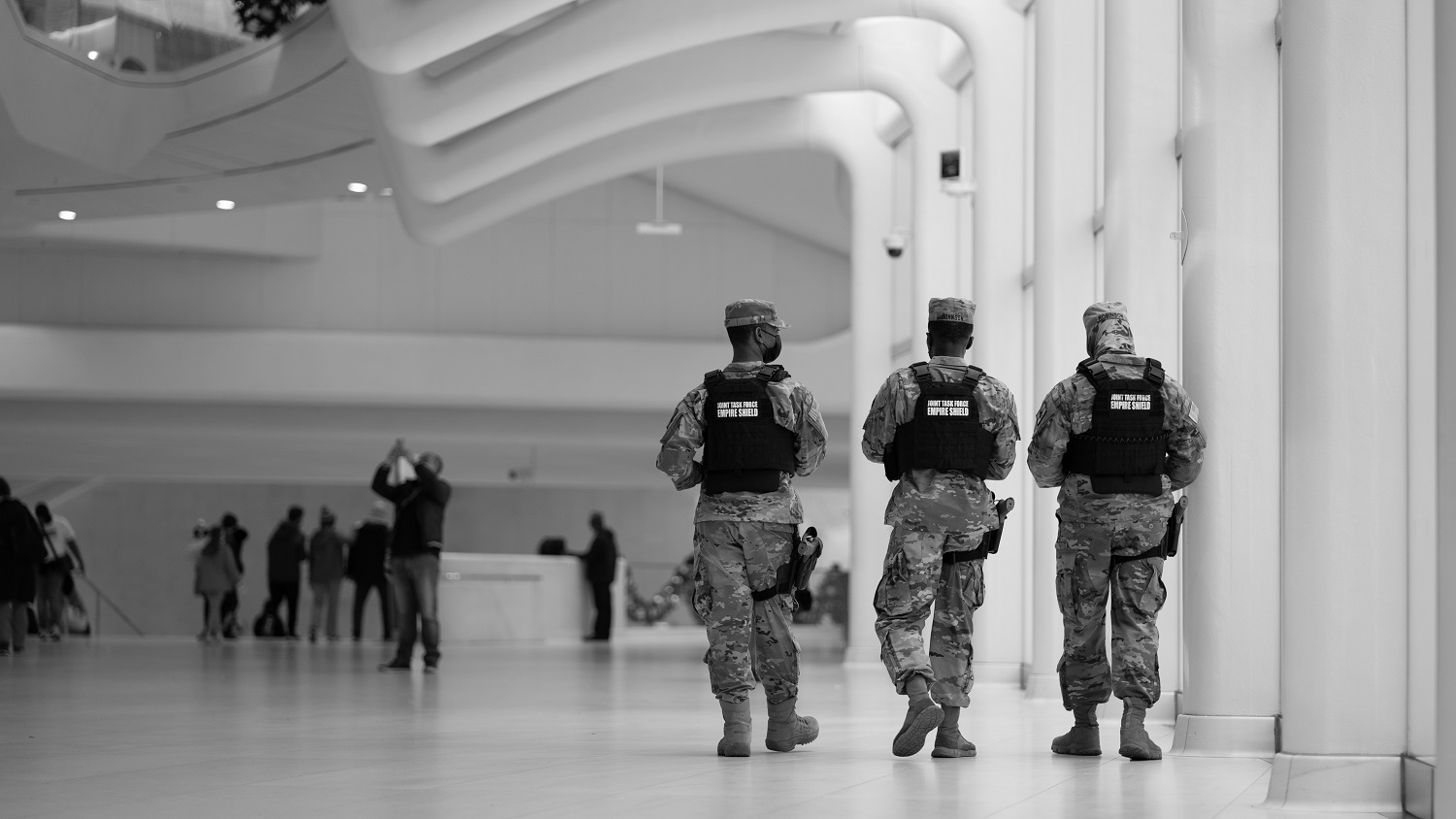Ballistic shields are an important part of any security or military mission. These shields can help protect personnel from ballistic threats and shrapnel, making them invaluable for operations in hostile environments. However, many people do not know exactly what makes up a ballistic shield and how it works to protect its user. Let’s take a look at the composition of a Ballistic Shield and how these components work together to create an effective form of protection.
The Outer Layer
The first layer on the outside of a ballistic shield is usually made out of a strong material such as Kevlar or Dyneema, which are both incredibly durable fabrics that can resist tears, punctures, and cuts. The outer layer also helps absorb some of the shock created by bullets or other projectiles. This layer also adds a layer of protection against shrapnel and ricocheting bullets that can be dangerous even after they’ve been stopped by the inner layers of the shield.
The Inner Layer
The inner layer is composed of several materials depending on the type of threat being faced. For example, if you are expecting small arms fire then you may use a softer material such as polyethylene or Kevlar with ceramic plates inserted for added protection. If you are facing heavier threats such as armor-piercing rounds then you will need to use stronger materials like metal alloys or composite plates with steel inserts for added protection. These materials are designed to stop or deflect projectiles without compromising the integrity of the overall construction. It is important to note that while these inner layers provide excellent protection against most types of ammunition, they will not be able to stop armor-piercing rounds unless specific armor-piercing-resistant materials are used in their construction.
Spall Liners
The final component in most ballistic shields is spall liners which are designed to reduce secondary fragmentation due to bullets impacting the surface of the shield. Spall liners help contain any fragments caused by bullets impacting against the surface thus reducing the risk associated with ricochets and spalling off into nearby areas potentially causing injury or harm to people nearby who were not in direct line-of-sight with any incoming projectiles. Spall liners also help absorb impact from projectile strikes thus reducing potential trauma associated with those impacts as well as reducing potential damage caused by those impacts if they penetrate through outer layers but fail to penetrate inner layers due to increased friction between those layers caused by spall liners placed between them.
It is clear that there many components that go into constructing a ballistic shield so it can provide effective protection against various types of attack scenarios faced in hostile environments today. From tough outer fabrics like Kevlar and Dyneema providing additional shock absorption capabilities; to inner layers designed specifically for stopping certain calibers; right down to spall liners helping contain bullet fragments; all these parts combine into one piece capable of defending against multiple types of threat vectors faced in modern combat scenarios today – making them invaluable assets for military personnel facing danger on missions across land sea air alike.
For more articles, please click here.

Recent Comments